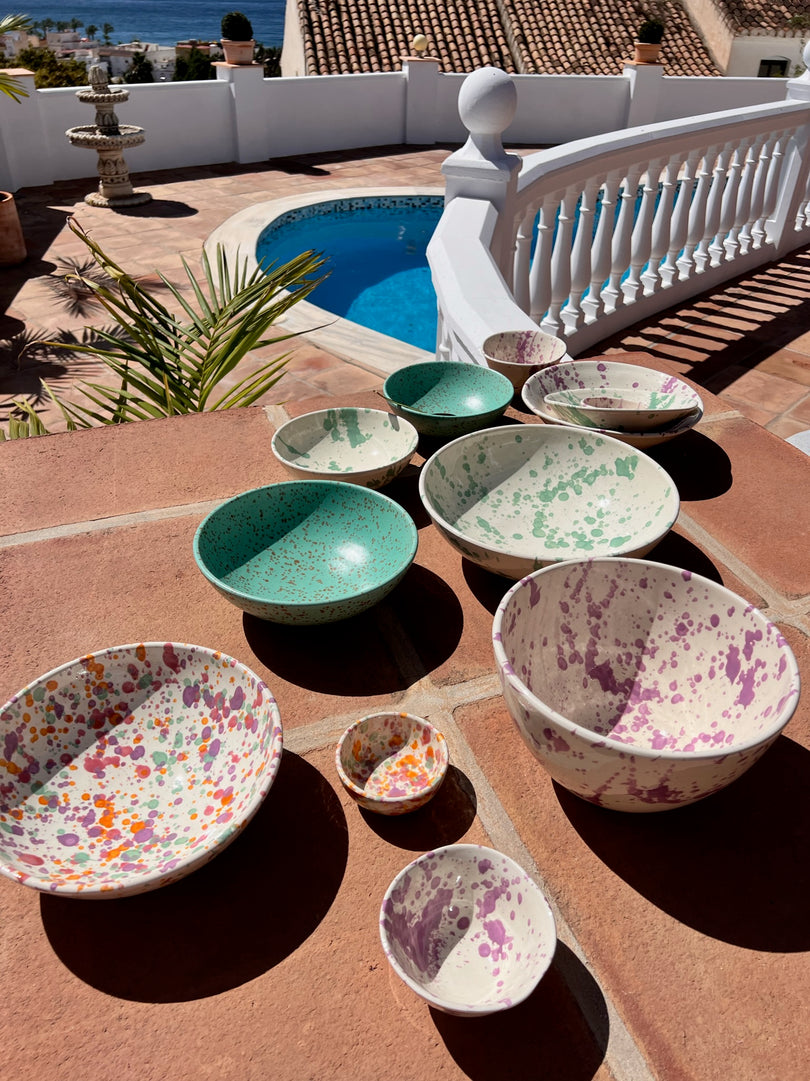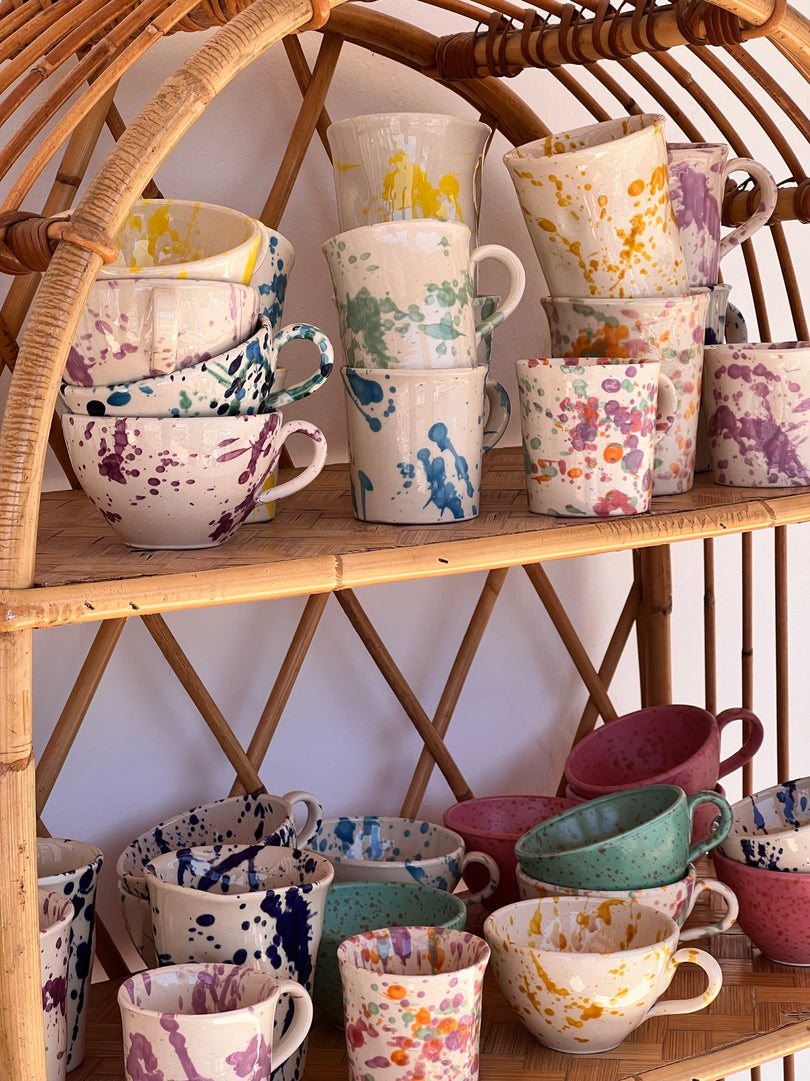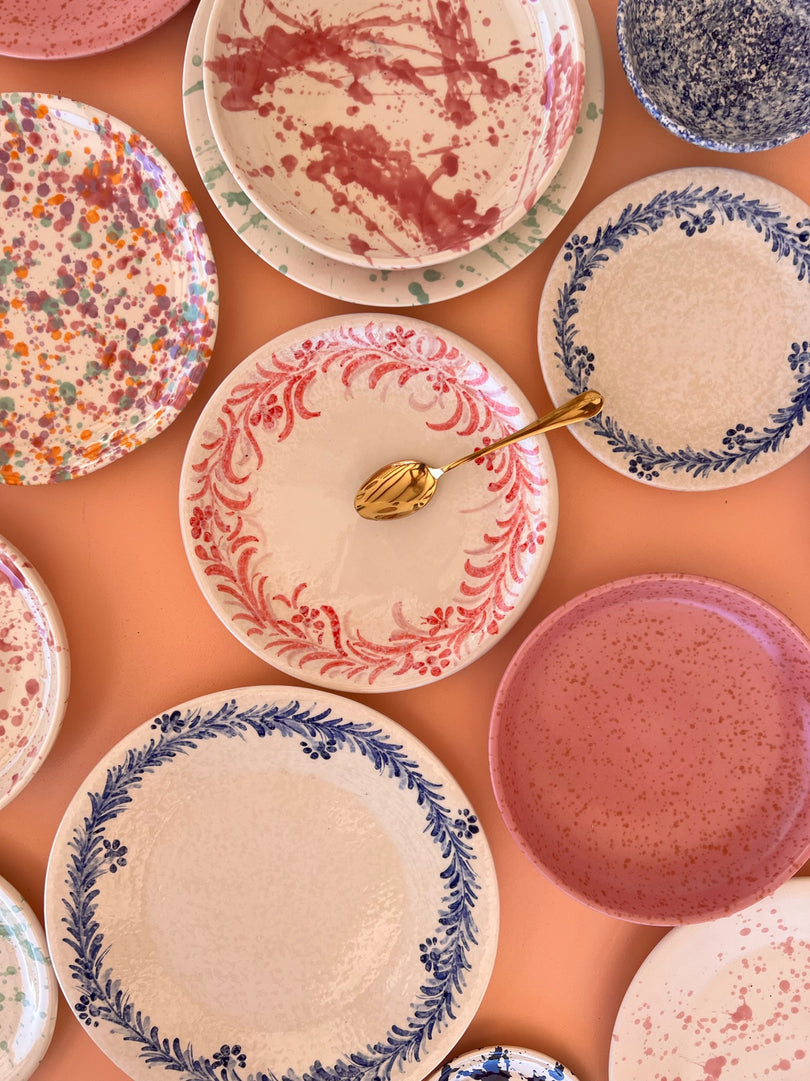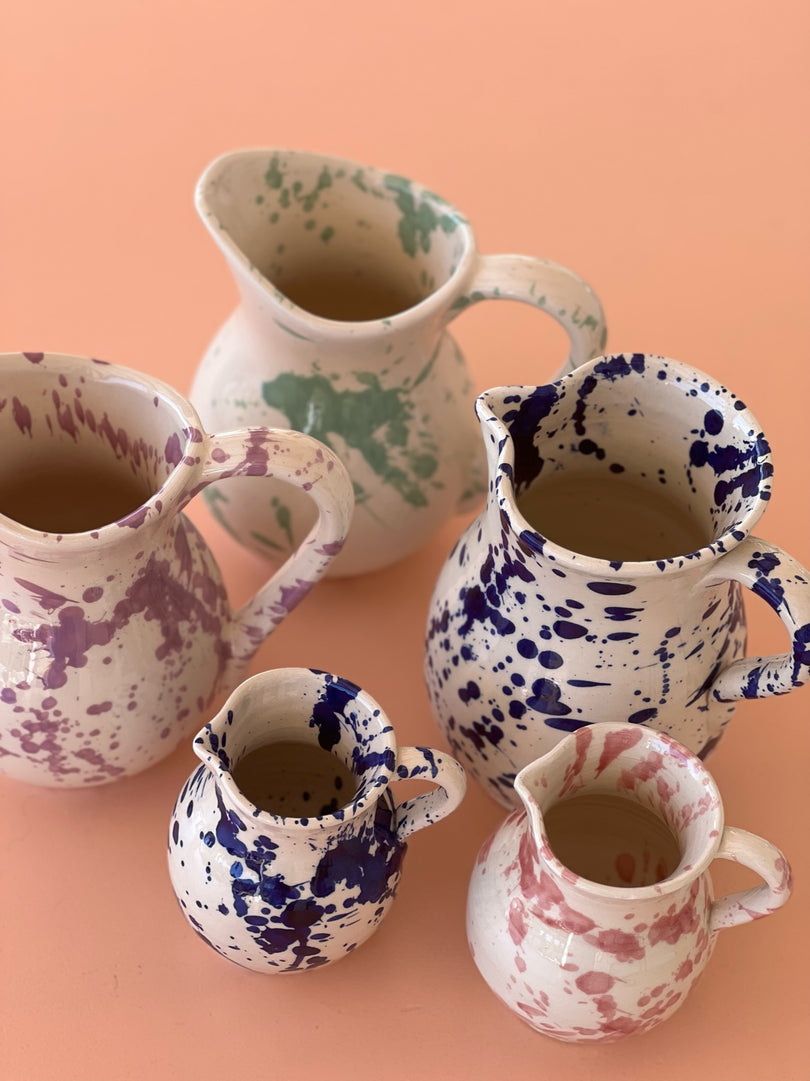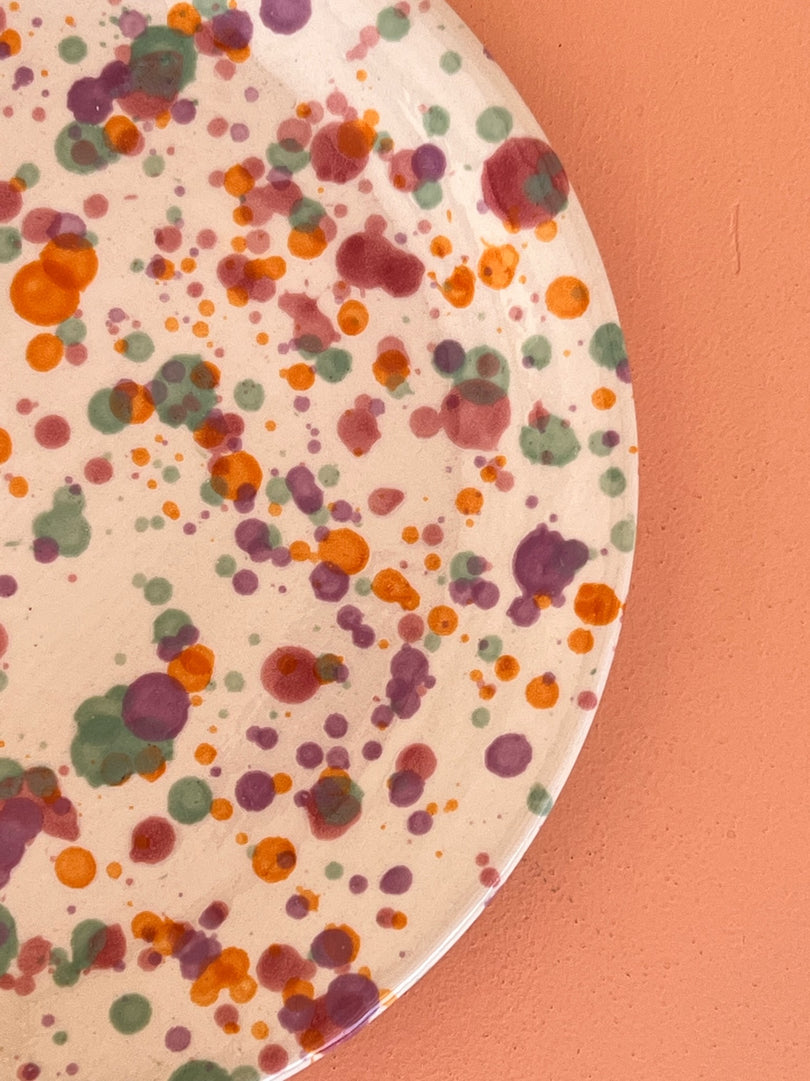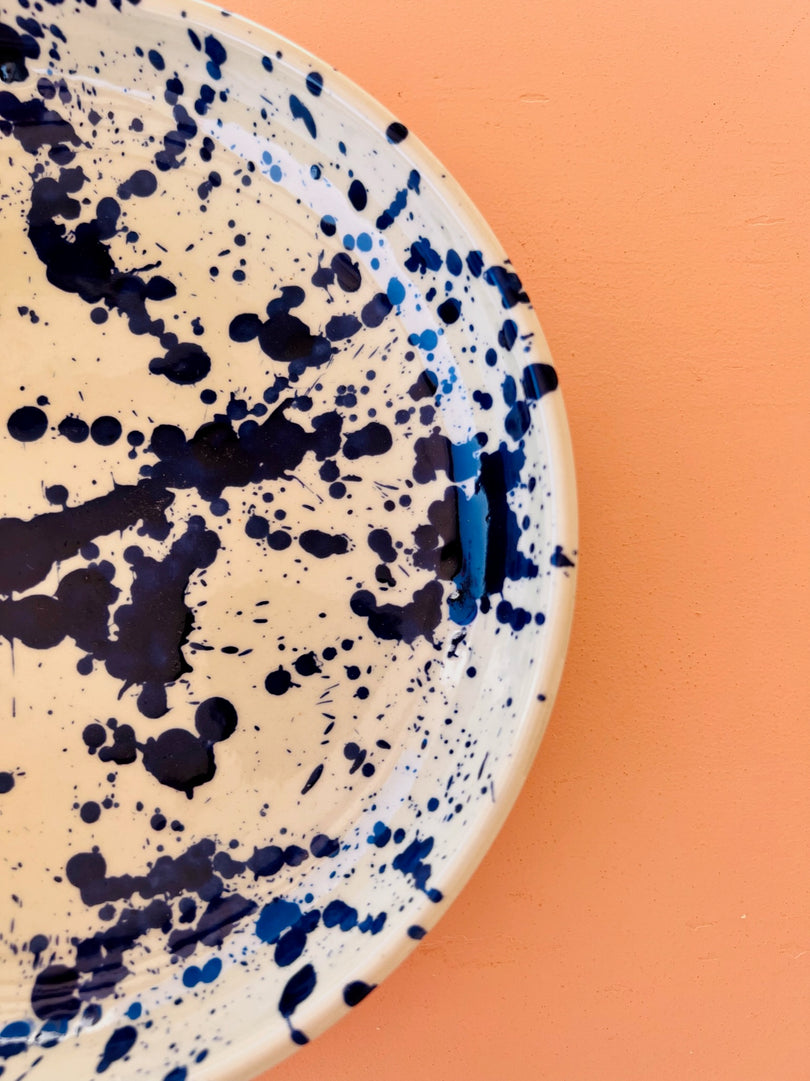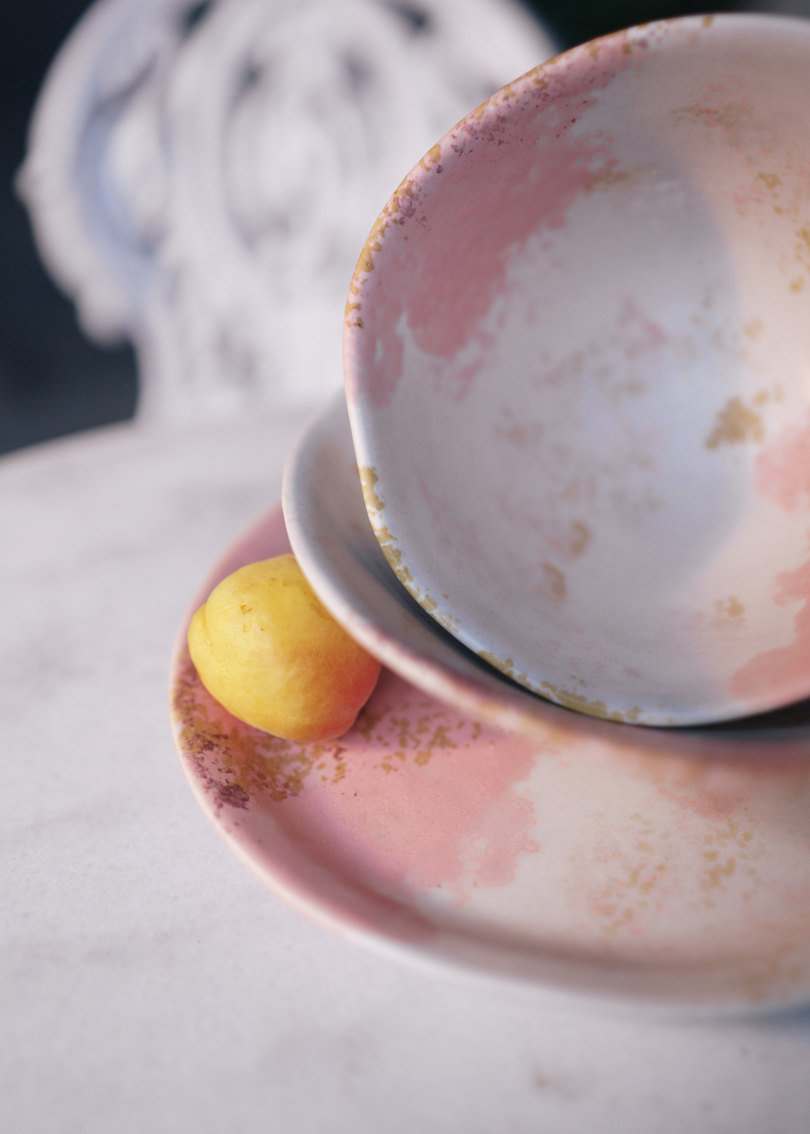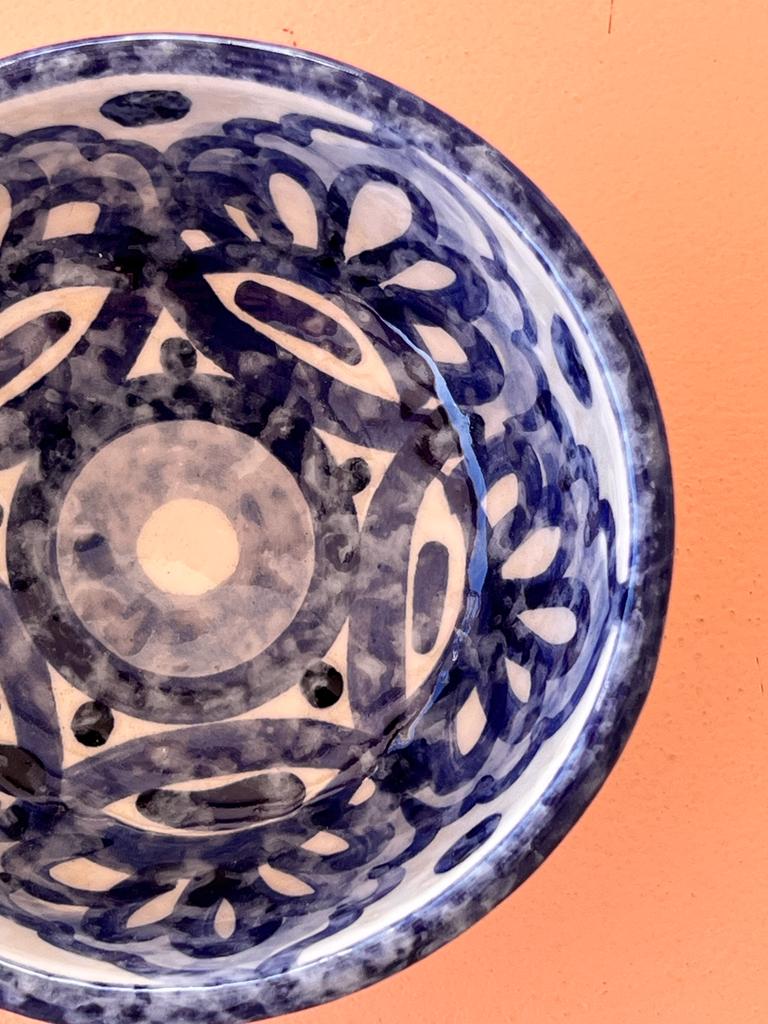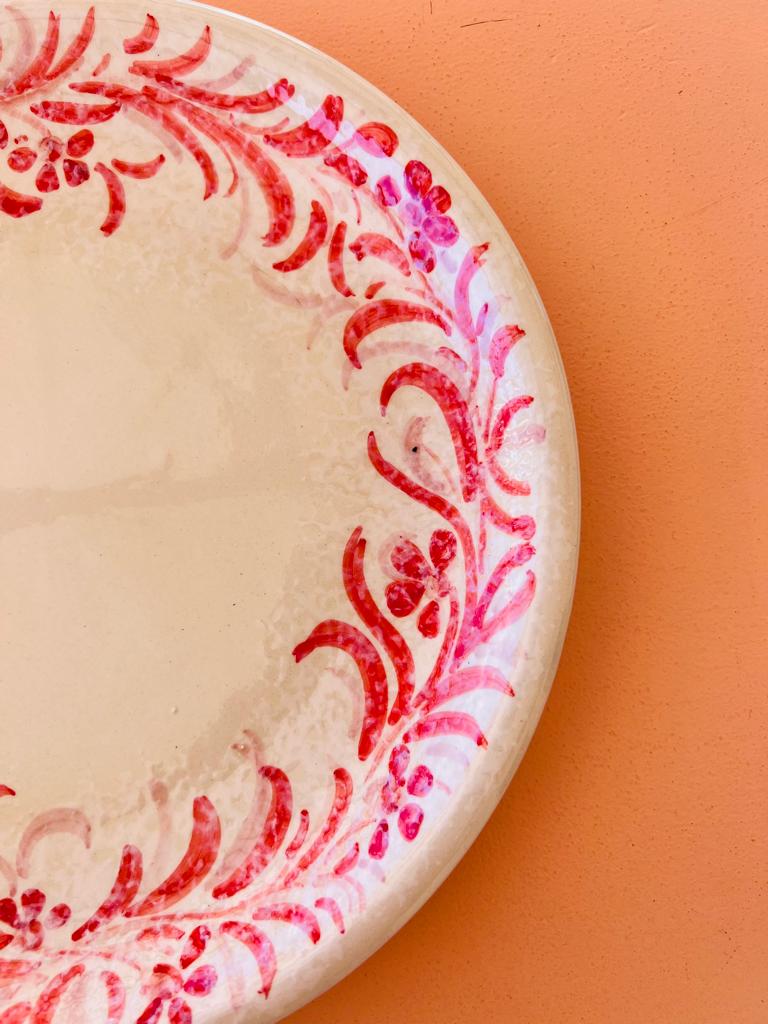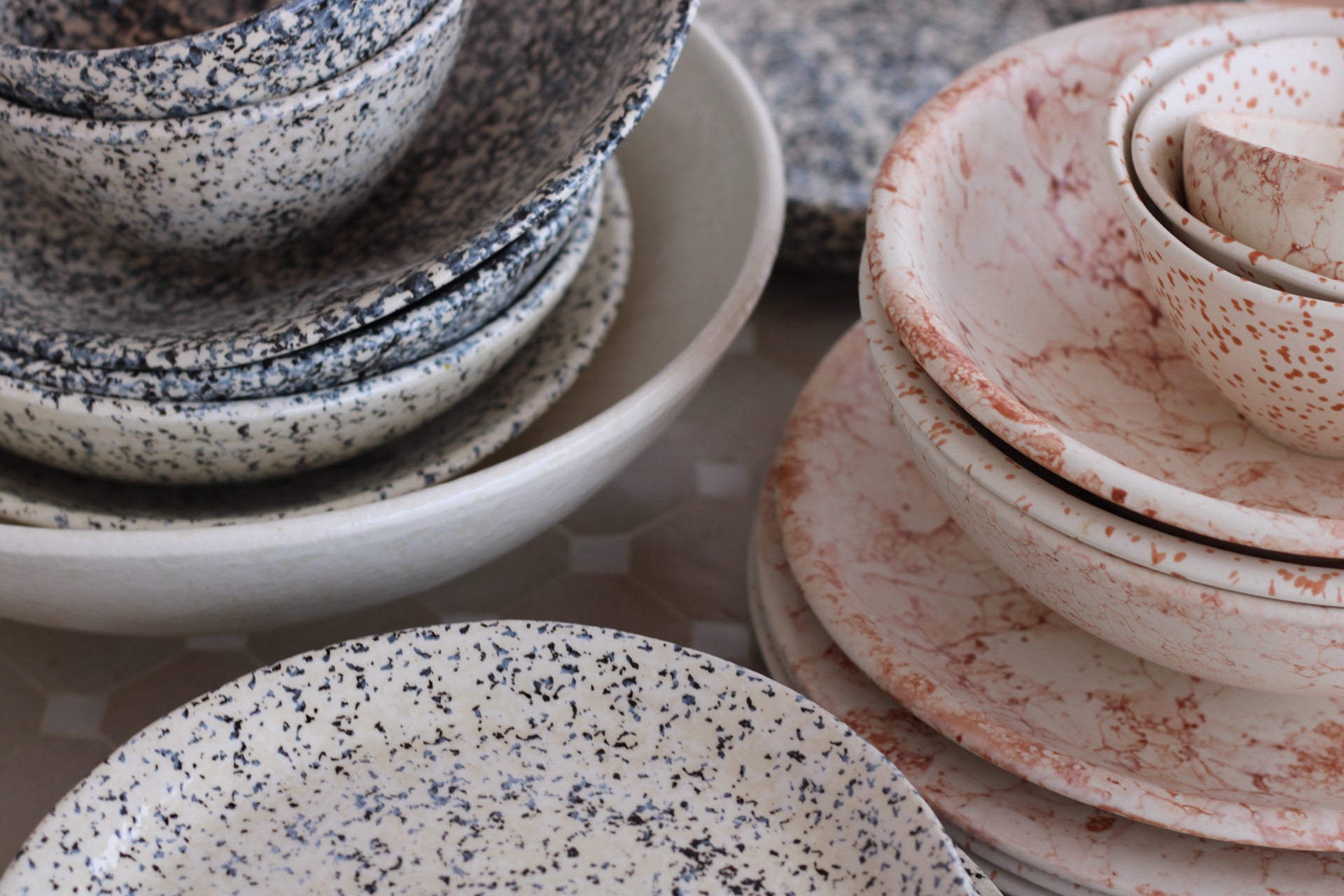Creating the perfect clay body is an art form that involves skillful blending of different clays. Potters have long discovered that superior results can be achieved by combining various clays, not only to alter the color but also to manipulate the texture of their clay. Let's delve into the differences between two prominent clay categories: white clay and red clay.
White Clay (Kaolin Clay or China Clay)
White clay, commonly known as kaolin clay or China clay, is primarily composed of kaolinite, a soft white mineral. It boasts a high silica content and minimal impurities. As the name suggests, white clay exhibits a predominantly white or off-white color, presenting a clean and pure appearance. It is renowned for its fine, smooth texture and soft consistency, imparting a silky feel when touched. White clay has low plasticity, meaning it is less malleable and absorbs water at a slower rate. This characteristic makes it less prone to cracking and more suitable for delicate porcelain and fine ceramics. It requires a high firing temperature, typically ranging between 1,200 to 1,450 degrees Celsius (2,192 to 2,642 degrees Fahrenheit), to achieve optimal results.

Red Clay (Earthenware Clay)
Red clay, also known as earthenware clay, consists of a blend of minerals, including iron, silica, and various impurities. These impurities contribute to its distinctive brownish color. Unlike white clay, red clay exhibits a coarser texture and may contain larger particles or bits of organic matter. It possesses higher plasticity, making it more flexible and easier to shape. Red clay absorbs water more readily, allowing potters to work with it more effortlessly. It has a lower firing temperature, typically ranging from 900 to 1,100 degrees Celsius (1,652 to 2,012 degrees Fahrenheit), which is well-suited for earthenware pottery.
At Familianna, we exclusively utilize white clay, such as kaolin clay or China clay, due to its exceptional qualities that are commonly associated with porcelain. This type of clay shares similarities with porcelain in terms of its fine texture, high firing temperature, and its ability to facilitate the creation of delicate and intricate forms. With its high silica content and low impurities, white clay has the remarkable capability to achieve a smooth and translucent appearance when properly fired. This attribute makes it particularly well-suited for crafting refined and elegant porcelain wares. The clean and pure appearance of white clay further enhances its appeal, allowing us to create intricate and captivating pieces with a touch of sophistication.
